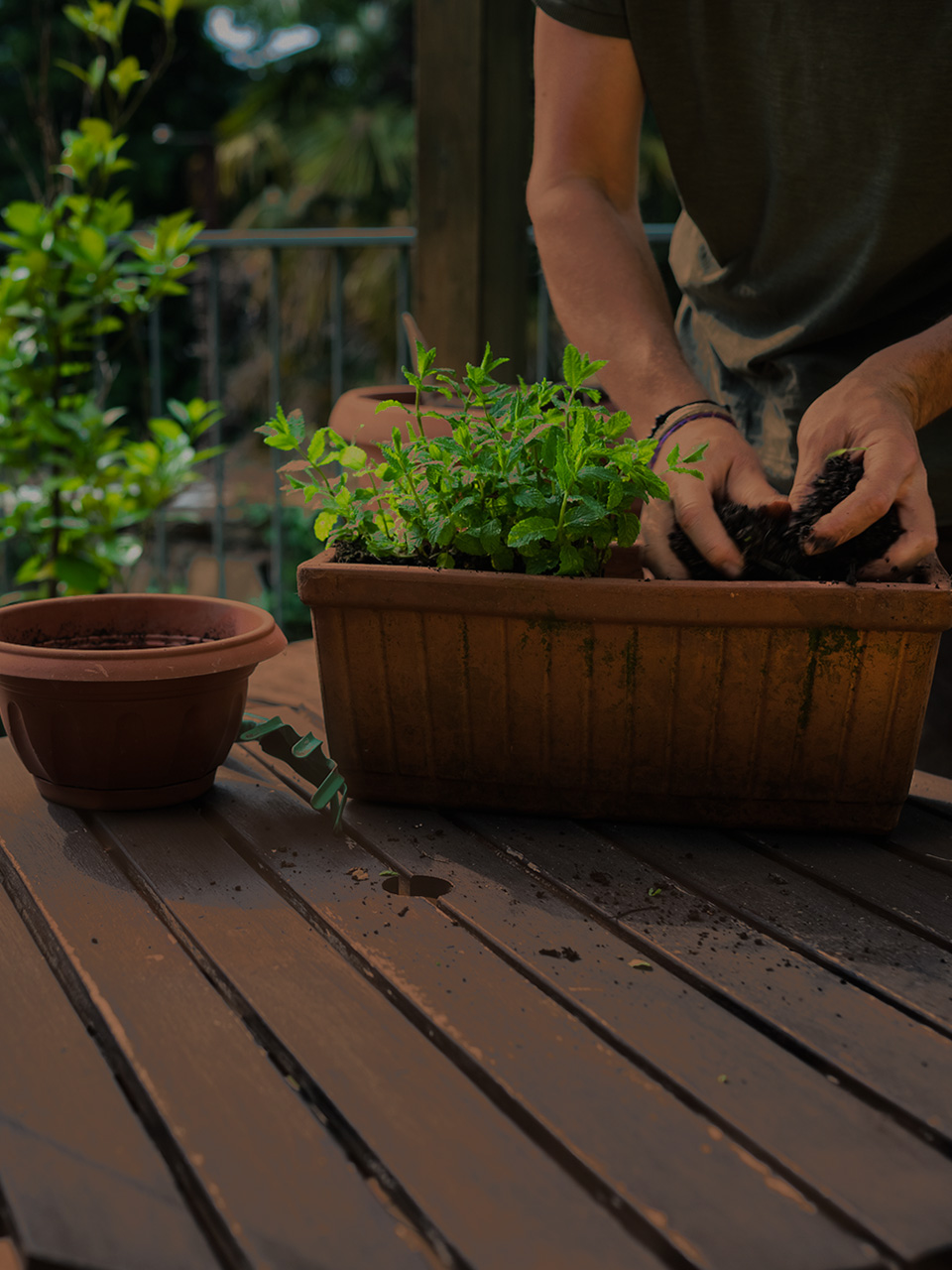
Tap to Read ➤
Mint Extract
Ishani Chatterjee Shukla


Those of you who love Asian food, especially Indian recipes, must have wondered what goes into those spicy and zingy flavors. Mint extract is a widely used ingredient in the cuisine of Southeast Asia and a few neighboring countries. Read on to find out more.

I'm sure that for all you culinary enthusiasts and passionate gastronomes out there, mint plant and mint extract is not a stranger. In fact, most of you would even be aware of the aromatic herb that is the source of these dried seasoning leaves and the green paste-like extract.

Besides being an integral part of various native cuisines, mint and its extracts are also widely used in Ayurvedic and herbal medicinal practices and peppermint essential oil is a prominent stress relieving agent in aromatherapy. Mint flavored candies are a favorite of most people and are an indispensable companion of those who smoke.

As an active ingredient in most mouth freshening products, mint extract plays an important role in salvaging a date and making a great impression on the opposite sex. If you like trying out exotic mint herb recipes and love herbal flavors and seasoning, you may want to know how to make mint extract at home. Hence, read right ahead!

Mint Extract Recipe

Mint extract can be made in two ways - by using an alcohol base or an oil base. Both these extracts can be used for a number of purposes, right from adding flavor to exotic dishes to curing physical ailments like cold, congestion, headache, sinusitis, respiratory problems, acne and to relieve stress.
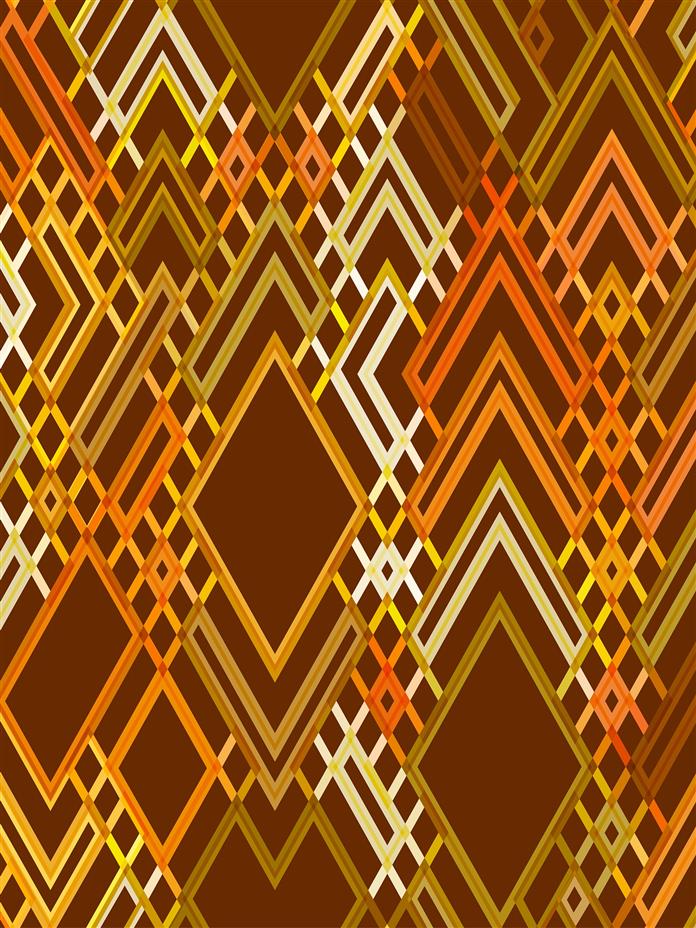
Alcohol Based Mint Extract
Ingredients
- Freshly Picked Mint Leaves - 1 pound approximately
- Vodka - 1 quart
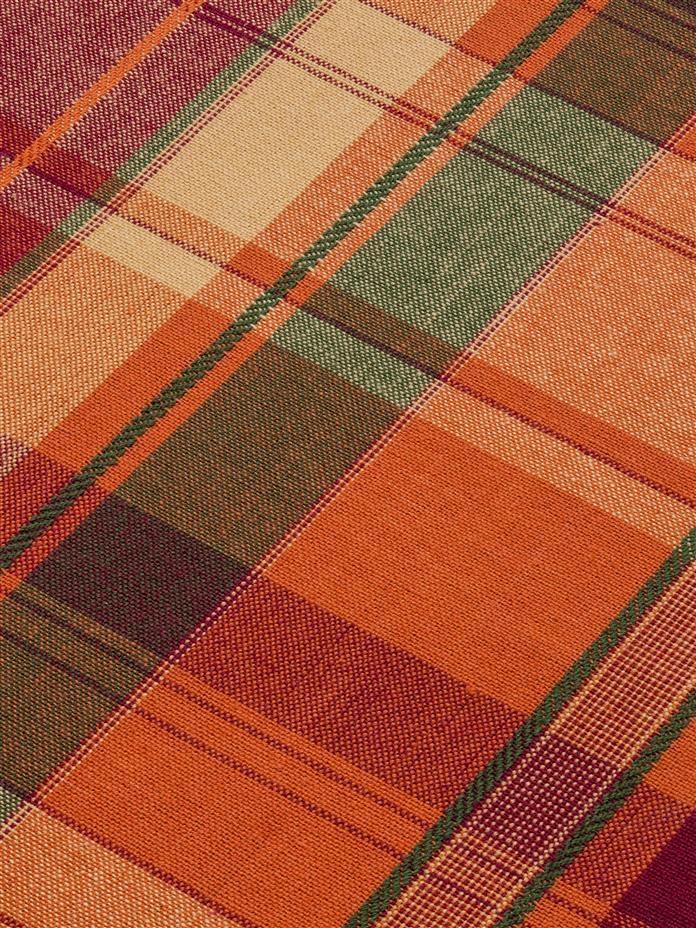
Method of Preparation
- Wash the leaves thoroughly in cool, running water.
- Crush the leaves well and place them inside a canning jar.
- Add the vodka to the crushed mint leaves and seal the opening well so that the alcohol does not evaporate.

- Place the jar in the sun for about 21 days to a month.
- After the completion of the above mentioned time duration, strain the infusion and discard the leaves.

For making mint extract, you can use both spearmint leaves or peppermint leaves. For a stronger concentration, you can use a combination of both spearmint and peppermint. When you place the vodka-and-mint leaves containing jar in the sun, the leaves will impart a greenish-brown hue to the alcohol base.

The darker the alcohol turns, the nearer the extract is towards completion. Make sure, though, that you do not soak the leaves in alcohol longer than necessary as it may ruin the flavor and aroma of the infusion.
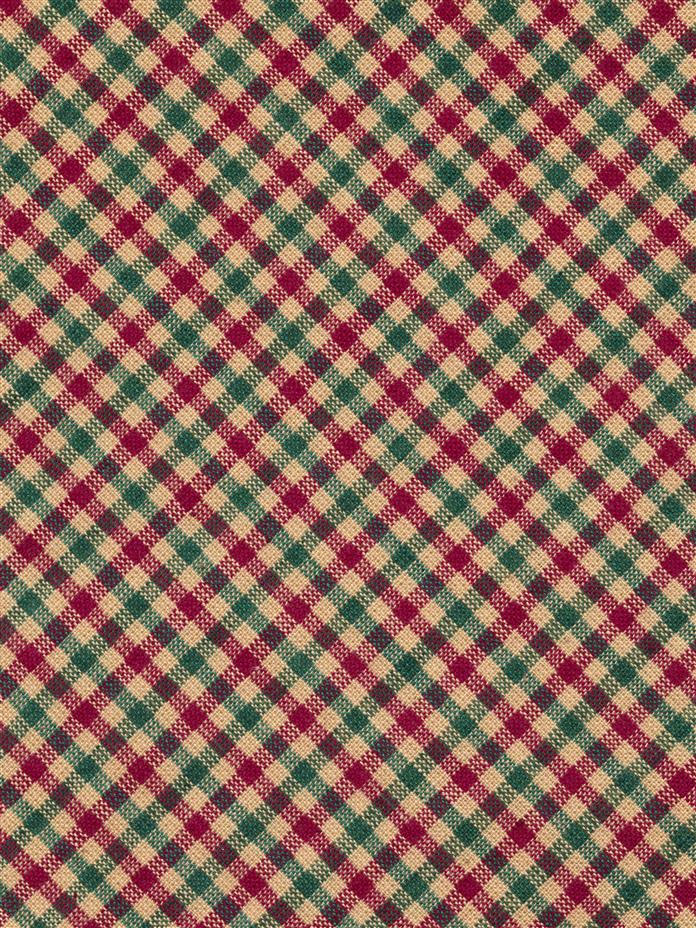
You can also make alcohol-based mint extract without placing the contents in sun as mentioned above but in that case, they must be soaked for at least 3 months.

Oil Based Mint Extract
Ingredients
- Fresh Mint Leaves - 1 pound approximately
- Almond Oil - Quantity would depend upon the size of the container as the oil needs to be filled till the top of the container with the mint leaves

Method of Preparation
- Wash the leaves, drain the excess water well and allow the moisture to dry by placing the leaves somewhere cool and airy.
- Put the leaves in the container. It is best if the container has only enough space so that the leaves can be tightly pressed in so that no air is trapped in.
- Pour in the almond oil and fill the container till the top.

- Place the mint-and-oil containing jar in another bigger container. Pour in some water in this outer container and place the entire set-up on a source of heat, be it flame or an induction stove. The heat will make the trapped air, if any, travel to the top of the container. Poke contents to release this air. Heat the contents this way but do not boil them.

- Seal the container tightly so that neither air nor moisture touches the enclosed ingredients.
- Now that the contents of the jar are in an airtight environment, leave it in room temperature for a maximum of 6 weeks.
- Strain the mint touched oil and discard the sapped out leaves.

You can place the mint infused oil in a jar with a dropper. Take care not to soak the leaves in the almond oil for more than 6 weeks as keeping them this way for longer than necessary will cause the leaves to get all moldy and the oil will be ruined.

You can add a few drops of this oil based extract of mint to your evening tea to get a refreshing, relaxing beverage. Alcohol-based mint extract can be directly applied to wounds, acne and pimples as the antibacterial properties of both alcohol and mint are excellent at arresting topical infection.
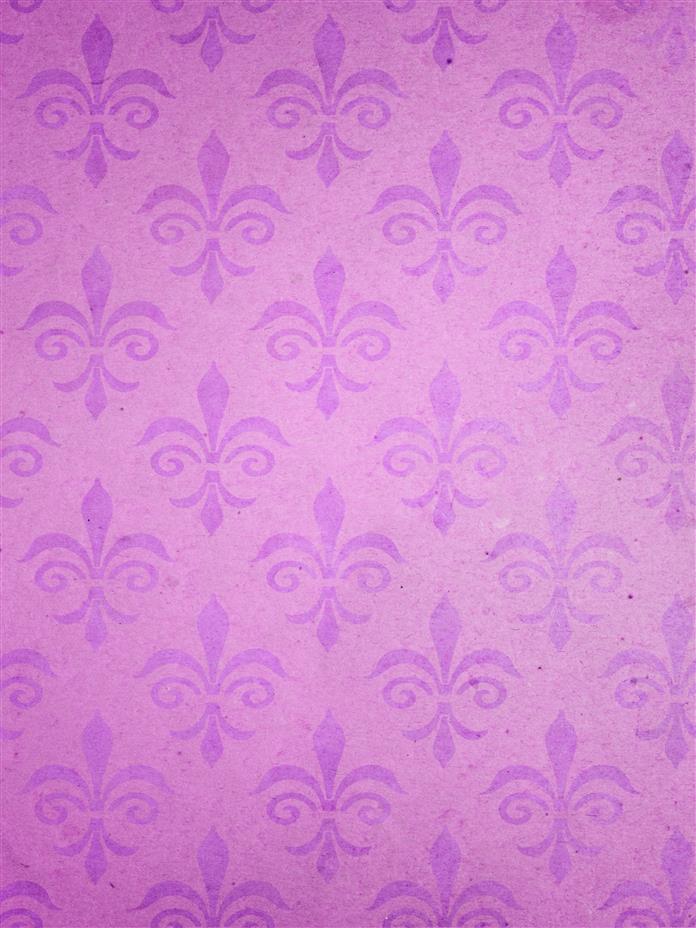
In case you run out of mint extract, dried and powdered mint leaves acts as an excellent mint extract substitute. Adding a few drops of the almond oil based mint extract to lukewarm bath water will moisturize your skin and soothe your senses.
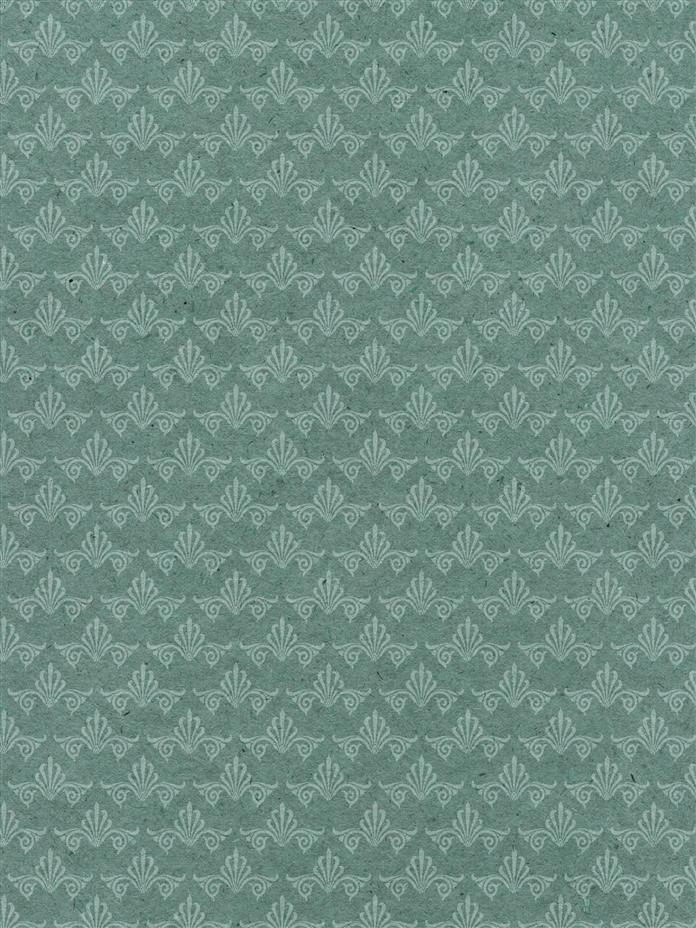
A couple of drops of mint extract added to your hair oil and massaged to your scalp works wonders as a natural cure for dandruff and flaky scalp. The benefits of peppermint oil for hair and scalp are well known. Packed with therapeutic goodness and a refreshing aroma, mint extract zests up whatever comes in contact with it.